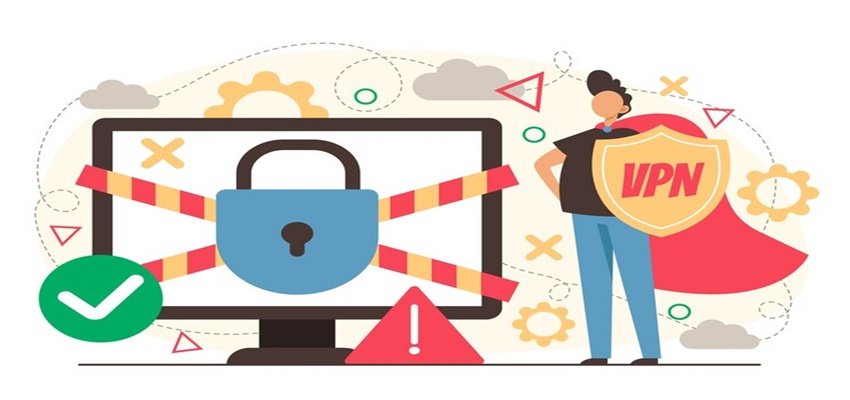The internet is one colossal ecosystem where millions of devices talk to each other and exchange data every day. As online platforms grow in size and increase in complexity, security and user behavior have become two very important challenges. One of the most common mechanisms for dealing with these challenges is the IP ban. Although the concept is simple, an IP ban plays a big, very often misunderstood role in maintaining online security. The article discusses how IP bans work, their importance for protecting cyberspaces, and their drawbacks.
What Is an IP Ban?
An IP ban is a security measure in which any website, online service, or network blocks incoming traffic from specific IP addresses. An IP address is an identification code that is assigned to each device that connects to the internet and communicates information from one device to another and then to servers. In cases where an administrator initiates an IP ban, every request that comes from the banned IP address encounters a refusal to the platform. Essentially, the user will face a restriction of service.
Typical use cases for IP bans include issues of abuse, terms of service violations, or security threats. For instance, an IP ban would be able to prevent a cybercriminal from trying to hack a website or reduce the amount of spamming from a particular source. As described, the mechanism appears simple but is surprisingly one of the strongest weapons online security strategists have today.
The Role of IP Bans in Online Security
One of the central roles of an IP ban is reducing malicious activity. Most cyberattacks, including DDoS, involve bombarding a server with many requests coming from different sources. The identification and banning of identified IP addresses reduces the impact of such attacks. IP bans also apply in protecting accounts that have been hit by brute-force attacks. These involve repeated unauthorized login attempts.
The enforcement of policies that a platform uses includes acting against direct security threats, which is yet another way IP bans come into use. Forums and social media sites ban IPs to avoid harassment, trolling, or other spam-like behaviors. In this regard, blocking the IP addresses of these individuals can ensure that the platform environment is safe and comfortable for all users.
IP bans are also put in place for geographic restrictions. Many services try to make their content unavailable for a certain region. These can include streaming services, for example, based on licensing agreements, or simply because a website blocks some countries for legal purposes. In that respect, an IP ban denies access to them in an effort to adhere to regional restrictions.
Challenges and Limitations of IP Bans
Although IP bans are one of the most widely implemented tools to date for maintaining online security, there are quite a few challenges and limitations that seriously question the effectiveness of these bans. Following are some key issues of the implementation of IP bans:
- Easy Circumvention
The majority of users bypass IP bans through the use of VPNs, proxies, or moving to another network. In this way, IP bans turn into ineffective measures pretty quickly because it is relatively easy for users to get back into the system.
- Collateral Damage
Collateral damage can result in instances where many users end up sharing the same public IP address. Examples include universities, corporate networks, or even at home. In such cases, banning one person might inadvertently block other innocent users. This may frustrate legitimate users enough to completely stop their use of the site.
- Dynamic IP Addresses
Yet another issue is that IP addresses are often changed by the ISPs themselves. A banned user would simply need to restart their connection in order to get a new IP address. In this case, real hardships result when an innocent user ends up with the IP of a previous offender.
Conclusion
IP banning is a part of the greater realm of online security and serves as an effective and vital means for platforms to protect against malicious activities, uphold usage policies, and control access. However, with all other digital technologies, tools to monitor and regulate digital environments must evolve.
That being said, while IP bans may work effectively in many situations, they operate independently. Merging IP banning with advanced security measures can make it all perfect and guarantee safe, reliable online environments. As the battle goes on to rein in internet threats, appropriate application of IP bans requires an awareness of their strengths and weaknesses. That way, deployment will occur in strategic and responsible ways.

